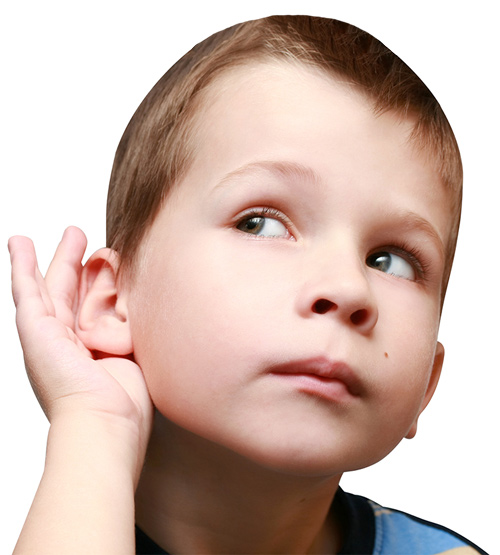

CAPD is not due to peripheral hearing loss, which includes conductive hearing loss (i.e., outer or middle ear), sensorineural hearing loss at the level of the cochlea or auditory nerve, including auditory neuropathy and synaptopathy (i.e., hidden hearing loss).CAPD may coexist with other disorders (e.g., attention-deficit/hyperactivity disorder, language impairment, and learning disability).CAPD may lead to or be associated with difficulties in higher order language, learning, and communication functions.Although sometimes difficult, careful differential diagnosis is important to the process of treatment planning. Terms include, but are not limited to, "auditory processing disorder," "(central) auditory processing disorder," "language processing disorder," and "auditory information processing disorder."ĪSHA uses the term Central Auditory Processing Disorder (CAPD) to refer to deficits in the neural processing of auditory information in the CANS not due to higher order language or cognition, as demonstrated by poor performance in one or more of the skills listed above (ASHA, 2005).
#Types of auditory processing disorder in adults professional
Terms used to describe a processing disorder may vary based on the perspective of the professional describing the problem.

Temporal aspects of audition, including.These mechanisms underlie the following skills: Medwetsky (2011) provides in-depth information on this topic.ĬAP consists of mechanisms that preserve, refine, analyze, modify, organize, and interpret information from the auditory periphery. Knowledge of the neuroanatomy and physiology of the central auditory nervous system is essential for understanding and interpreting underlying processes and deficits. Central Auditory Processing (CAP)Ĭentral auditory processing (CAP)-also seen in the literature as (central) auditory processing or auditory processing-is the perceptual processing of auditory information in the central auditory nervous system (CANS) and the neurobiological activity that underlies that processing and gives rise to electrophysiologic auditory potentials (American Speech-Language-Hearing Association, 2005). See the Central Auditory Processing Disorder Evidence Map for pertinent scientific evidence, expert opinion, and client/caregiver perspective. Content is relevant to both developmental and acquired CAPD.

The scope of this page is central auditory processing disorder (CAPD) in children and adults.


 0 kommentar(er)
0 kommentar(er)
